The Lives of Ferguson & Black Lives Matter Activists Cut Short
July 8, 2020 ~ By Shari Rose
The killing of Michael Brown by police officer Darren Wilson in Ferguson, MO, served as a catalyst that gave rise to a generation of activists fed up with rampant police violence and injustice in their communities. The hard work that community activists, particularly Black activists did in Ferguson laid the groundwork for the Black Lives Matter movement that’s today one of the most prominent and widely supported social movements in the United States.
But the life of a Black activist in the U.S. is dangerous. Prominent activists are targeted, surveilled, and intimidated by authorities. They face a non-stop barrage of online threats and racist tirades that serve as a steady stream of hate in the background. Mental health issues like depression and self-harm, which already disproportionately affect Black and Latino communities, can especially take a toll on activists fighting racist policing and gun violence in their neighborhoods.
Many Ferguson and Black Lives Matter activists have died in recent years, some by the hands of others, some by their own hands. Young, Black activists like Darren Seals, Amber Evans, Danye Jones, and MarShawn McCarrel had their lives cut short in the months and years that followed national attention on BLM protests.
The common threads that connect their deaths to one another are too obvious to ignore. Something is happening. And when the focus of national media turns to other tragedies and the cameras leave communities already battered by generations of inequality, police violence and lack of opportunity, activists will remain.
Darren Seals
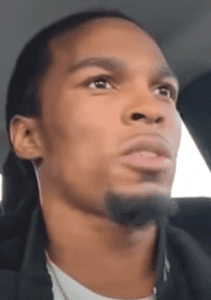
Ferguson activist Darren Seals. (Source)
One of the earliest Ferguson activists who took to the streets in the immediate aftermath of Michael’s Brown’s killing was a young Black man named Darren Seals. After being shot six times in 2013 while waiting for a ride home, Seals became a vocal advocate against gun violence in the community. So, when police officer Darren Wilson shot and killed 18-year-old Michael Brown, Seals was on the streets, protesting the same day that Brown’s body had been left in the street for hours, along with other first-day Ferguson protesters. Seals quickly became a well-known activist against gun violence and racist policing tactics in St. Louis.
He co-founded Hands Up United, a collective based in Missouri dedicated to helping underserved Black and Brown communities. Seals was not an experienced organizer or advocate, but that didn’t matter. He was a passionate local Ferguson resident, attracted to the cause, and often polarizing who worked toward improving the lives of those around him.
On September 6, 2016, Seals was found shot to death inside a car that had been set on fire. He was 29 years old. At the vigil, attendees, which included many young activists, were angered to find that St. Louis County police had not taped off the crime scene, nor collected bullet casings and other seemingly important pieces of evidence to the murder. At least one of the vehicle’s car doors had been left at left at the scene.
Attendees said they had to sweep up ashes from Seals’ body and the burned car prior to the start of the vigil, though some ashes remained on the ground during the event. There are still no suspects for Darren Seals’ death.

Darren Seals’ video shows Ferguson detective vehicles in a parking lot after allegedly confronting him over a Facebook post he had written about Trump. (Source)
On June 7, 2016, Seals recorded a video in which he said that police officers stopped him and his teenage brother for a post he wrote about Trump. His video shows Ferguson police cars still sitting in a parking lot after confronting Seals and his 14-year-old brother. In the video, Seals says that he was pulled over by police, who immediately started pointing guns at them both. He said Ferguson police pulled him out of the car, slammed him on the ground, and searched his car without his permission.
Seals said the police then asked him, “Did you go to the Trump rally?” When Seals said yes, he said they then asked him if he had posted something negative about Trump on Facebook. Seals said yes again.
He then said that the officer told him that “he should pick his enemies better.”
Police Surveillance of Black Lives Matter Activists Since 2014
Seals’ alleged experience with Ferguson police before his death is not a unique experience of Black activists. Released documents published in 2018 show the FBI has surveilled, tracked, and targeted activists involved with the Ferguson protests and growing Black Lives Matter movement for years. One heavily redacted report dated November 21, 2014, details information about an activist’s plans to travel to Ferguson to join a demonstration. The report further alluded to more documents pertaining to the personal life of this protester, but those reports are not available.
In addition to the FBI, the NYPD was found tracking and surveilling leaders of Black Lives Matter protests in 2014 and 2015. Undercover police officers entered the crowd of marches and sent updates on individuals’ locations to the highest ranking officials of NYPD’s Intelligence Unit.
Share this story
 |
 |
 |
 |
 |
 |
DeAndre Joshua
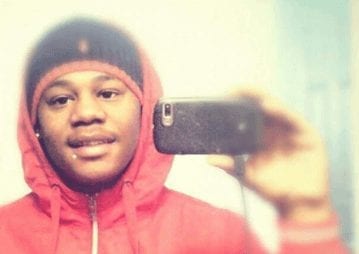
DeAndre Joshua (Source: Facebook)
Two years before Darren Seals’ death, DeAndre Joshua was killed in the same manner. He had been shot and his body was found in a burned vehicle on November 25, 2014. Joshua was killed in the same Ferguson apartment complex that Michael Brown died in, one day after the grand jury refused to indict officer Darren Wilson for his murder.
Prior to his death, Joshua had been good friends with Dorian Johnson, the young man who had been walking with Brown down the street before Wilson intervened. As with Seals’ death, Ferguson police have never identified a suspect or witnesses to Joshua’s murder.
In an interview with one of the residents the day Joshua’s body was found, the neighbor said that he had witnessed four armed men in the complex talking about wanting to kill someone over looting. He said he called the police, but they never showed.
Though not connected with Black Lives Matter movement directly, Sadie Roberts-Joseph was a Black activist who founded Baton Rouge’s only African American Museum. In July 2019, Roberts-Joseph was found dead in the trunk of her own car. Baton Rouge police identified her neighbor as the only suspect in her murder.
Danye Jones

Danye Jones (Source: Facebook)
Danye Jones was a young Black man who continually took to Ferguson’s streets to protest the police killing of Michael Brown and demand justice. On October 17, 2018, Jones was found hanging from a tree behind his family’s home. He was 24.
His mother, Melissa McKinnies, found his body. In the immediate aftermath, she posted to Facebook: “They lynched my baby.”
Though police ruled Jones’ death a suicide, McKinnies said that the bed sheets used to hang Jones did not match any bedsheets from the house. She also said that her son had packed an overnight bag that was left on the patio, suggesting that he had trusted the person who killed him.
An autopsy was not completed on his body.
Danye Jones’ hanging is extremely similar to the deaths of four Black men, all who died by hanging in June 2020: Robert Fuller, Malcolm Harsch, Dominique Alexander, and an unidentified Black teenager. Police have ruled each death a suicide, despite protests from families and friends that their loved ones did not show signs of depression nor suicidal thoughts, and further suggested these young men had been lynched by a third party.
More stories: Police Killings of Unarmed Black People: Why The ‘Bad Apples’ Defense Falls Apart
More stories: Minneapolis Police Brutality Against Journalists
MarShawn McCarrel
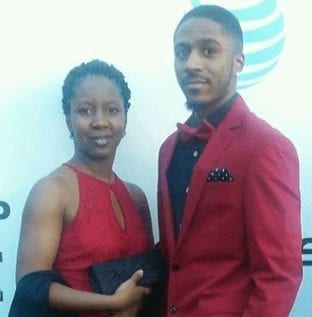
MarShawn McCarrel with his mother. (Source)
MarShawn McCarrel was a prominent Black Lives Matter activist in Columbus, OH. In 2012, McCarrel founded Pursuing Our Dreams (POD), a group that hosted “Feed The Streets” programs, providing homemade lunches to the homeless. He protested in Ferguson after the death of Michael Brown, and helped lead rallies with the Black Lives Matter movement after more police killings of unarmed Black men. A few days before his death, the NAACP recognized McCarrel for his advocacy work.
In February 2016, McCarrel took his own life on the Columbus statehouse steps. He was 23 years old. One of the last Facebook posts he published was a screenshot of an email he received, calling him the N-word and saying “Were gonna keep making your life hell.”
Amber Evans
Amber Evans was a Columbus native, passionate about providing hands-on activism to those in need. In college, she became interested in activism in college during the Occupy Wallstreet movement and continued on that path. She worked at the People’s Justice Project and had just become the director of organizing and policy at the Juvenile Justice Coalition before her death.
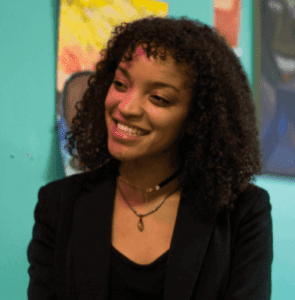
Amber Evans (Source: People’s Justice Project)
Evans protested against the police killings of Henry Green and Ty’re King by Columbus police officers and talked often about the importance of creating a strong sense of community within the Black Lives Matter movement. She also served as an ambassador for Zora’s House, a group focused on providing community to women of color in the city.
Amber Evans’ body was found on March 23 in the Scioto River. She was 28. Her death was ruled a suicide after an autopsy report found fatal levels of cold and sleep medications in her system. It was reported that she had sent messages to loved ones that indicated she intended to harm herself.
Evans was awarded the Create Columbus Visionary Award after her death.
Edward Crawford
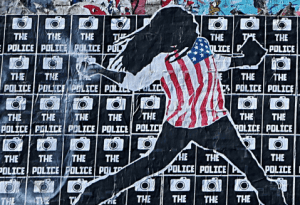
Mural depicting Edward Crawford. (Source)
Edward Crawford was the subject of one of the most iconic photographs of the Ferguson protests. Wearing an American flag T-shirt, he was photographed throwing a gas canister away from protesters after it had been shot at them by police.
The photo earned the St. Louis Post-Dispatch photographer a Pulitzer Prize, and Crawford became a local celebrity in the city. One year after the photo was taken, St. Louis County police charged him with assaulting a police officer, saying he threw the gas canister back at police and made “physical contact” with an officer.
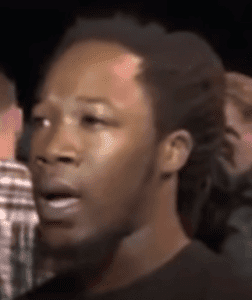
Edward Crawford (Source)
On May 4, 2017, Edward Crawford was pronounced dead in St. Louis after police say he shot himself in the backseat of a moving car. Though there were two other people in the car, a driver and another passenger, police did not identify them.
Crawford was 27 years old, and the father of four children. A police spokeswoman said he “began expressing he was distraught over personal matters to the witnesses” and pulled out a gun and shot himself in the backseat.
Crawford’s friends and family were shocked at his death, and many expressed disbelief that he would end his own life. His father said that Crawford had just gotten a new apartment, and was training for a new warehouse job. The St. Louis Dispatch reported that the death of Edward Crawford was being handled by “district detectives, not homicide investigators.”
In August 2014, Crawford said to Washington Post reporter Wesley Lowery that “One day, one month, one year from now, after you leave, it’s still going to be f***** up in Ferguson.”
Bassem Masri

Bassem Masri (Source)
Bassem Masri was a Palestinian-American BLM activist who was widely known for his online live streams of Ferguson protests in the aftermath of Michael Brown’s death. He and his family moved to St. Louis in the 1980s, and Masri became active in anti-violence against Blacks and anti-police brutality. He was a prominent activist during Ferguson protests, and drew connections from the treatment of Blacks in the U.S. with the treatment of Palestinians in Gaza”
“While the wall of segregation and inequality in Palestine is a physical one; the wall in Ferguson is invisible to those who wish to turn away. Only blacks in St. Louis understand their own situation. They face constant harassment and the fear of being detained without due process or basic dignity. When I stand with the people in Ferguson, I regard them as Palestinians.”
On November 27, 2018, Masri died of a fentanyl overdose while riding on a bus in Bridgetown, MO. He was 31 years old.
Deaths of Black Activists Since 2014
The young, passionate Black Lives Matter activists who take to the streets day after day to demand justice and equality fight battles on the outside, and from within. They can carry generations’ worth of pain from their communities on their shoulders. And the stagnation of progress toward a more just system, along with continuous racist, hate-filled backlash from those with more power can take its toll.
But when attention is drawn away from the cause, the violence, poverty, and lack of opportunity that plagues their communities rages on. Most activists are young, passionate, and acutely aware of the forces they’re up against, as well as the danger they face for consistently speaking out against injustice. So when the television cameras go away, and city-wide protests no longer fill our timelines and screens, many Black Lives Matter activists will still be fighting for their communities. And as 2020’s surge of young activists take to the streets to protest the police killings of George Floyd, Breonna Taylor, Elijah McClain and more, can this country protect today’s protesters from similar violent ends?
Share this story
 |
 |
 |
 |
 |
 |

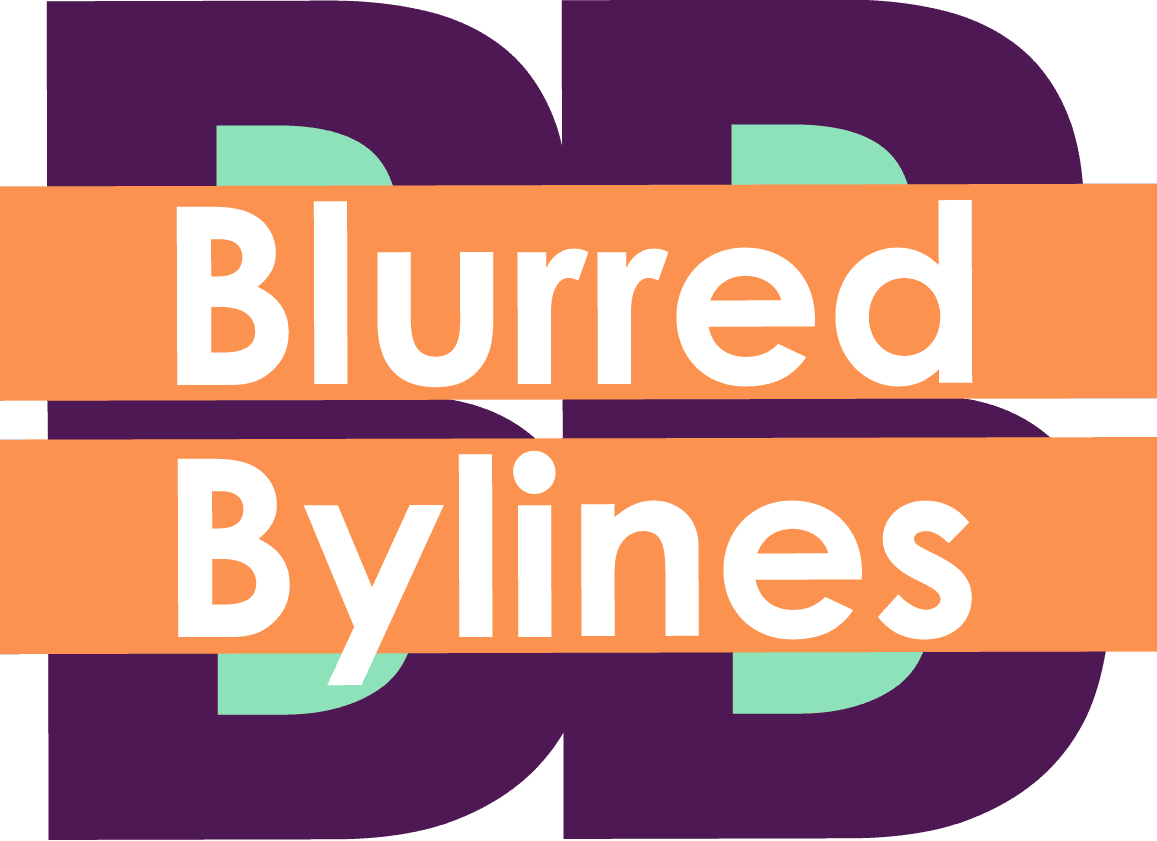



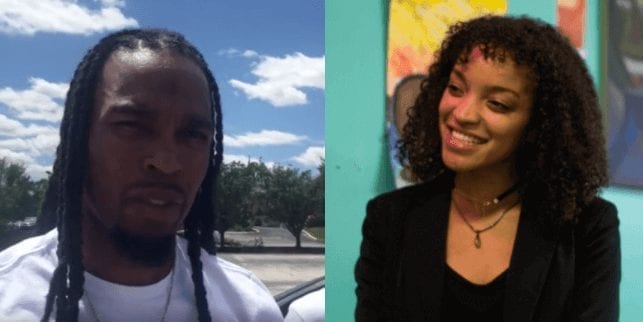


0 Comments